No longer flavour of the month, SA rethinks its bus rapid transit systemsEmbed VideoPopup VideoInstagram
DownloadBuy Photos
27th July 2018
By: Irma Venter
Creamer Media Senior Deputy Editor
SAVE THIS ARTICLE EMAIL THIS ARTICLE
Font size: -+
It seems government’s love affair with bus rapid transit (BRT) systems has cooled. Courted in the Brazilian city of Curutiba – it is difficult to find a local government transport executive who has not been there on a study tour – and sworn to fidelity in the pressure cooker years before the 2010 FIFA World Cup in South Africa, once ardent fervour has now turned to discontent. High capital expenses and subsidies, coupled with low ridership, have muddied the waters for a system that was once regarded as the silver bullet that would provide fast, affordable public transport for all.
‘We Don’t Have BRT’
“We don’t have any BRT in South Africa,” says Department of Transport public transport policies director Ibrahim Seedat.
Advertisement
He says Cape Town’s MyCiti has one trunk route, and Johannesburg’s Rea Vay “probably one-and-a-half”.
“For the rest, we don’t have anything. We only have two cities kind of operating a partial Phase 1.”
Advertisement
Seedat’s biggest gripe is lack of scale, or ridership, on the country’s BRT systems.
“The challenge is that you need to carve out some scale, or show it’s financially viable at least.
“Tshwane should never have launched in 2014. You cannot launch a bus service if you are projecting 8 000 passengers a day – not even a bus service, let alone anything with dedicated lanes; that’s just insanity.
“They are running at 3 000 . . . 4 000 . That is not even a taxi service. What you’re seeing is not a BRT. It is like having a hospital with one patient.
“When Tshwane gets to Shoshanguve and Mamelodi, then we start talking.
“In Johannesburg and Pretoria I’ll score us at 45% to 50% – the rest at 30%.”
Seedat says MyCiti has the highest patronage of all BRTs in South Africa, at about 75 000 passengers a day.
He adds that the successful imple- mentation and running of BRT systems will require “scale and political will” over the next two to five years.
“We need BRT to be 25% to one-third of public transport in a city.
“We need strong, functional, capable public authorities with the capacity to regulate, plan and enforce.
“We have to play for; there is no naivety left.”
Seedat says the problem is partly that there is no “day zero” for public transport in South Africa.
Here he references the drought in Cape Town, where the metro indicated a specific day in the immediate future when there would be no water left to service the city, unless use patterns changed.
The move from car use to public transport will only happen if there is enforcement from “the very top”, says Seedat.
The Numbers
Rea Vaya currently has between 50 000 and 60 000 passengers a day.
However, says University of Pretoria Centre of Transport Development/Department of Civil Engineering associate professor Christo Venter, subsidies and operating costs have been rising sharply since 2012, while fares have remained flat.
